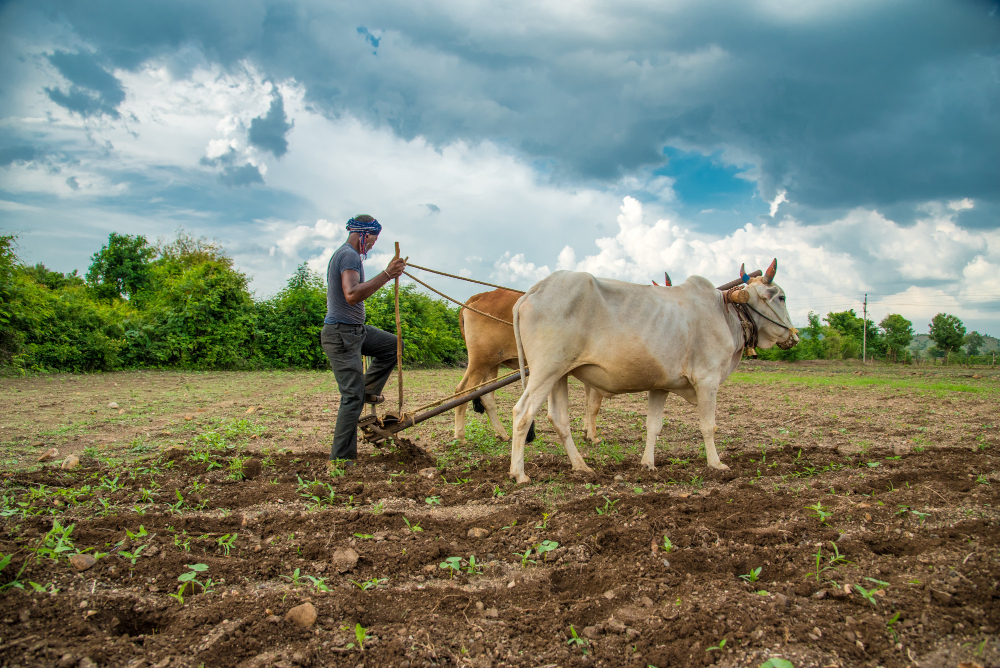The landscape of agriculture is undergoing a transformative shift, driven by technological advancements and the increasing penetration of precision farming applications. Indian servers have emerged at the forefront of this revolution, contributing to a remarkable 40% surge in the development and adoption of precision farming technologies. This article delves into how this technological leap is reshaping agriculture, emphasizing the implications for stakeholders such as farmers, agritech companies, investors, and policymakers.
The Role of Indian Servers in Precision Farming
Technological Backbone
Indian servers are the technological backbone of many precision farming applications. Powered by significant investments and advancements in computational power, data storage, and network infrastructure, these servers support a range of applications from real-time soil health monitoring to predictive analytics for crop management. This robust infrastructure ensures that precision farming tools are reliable, efficient, and scalable.
Data Processing and Analytics
One of the critical roles of Indian servers is in data processing and analytics. Precision farming generates vast amounts of data from various sources, including satellites, drones, IoT sensors, and weather stations. Indian servers, equipped with advanced data processing capabilities, can analyze this data swiftly to provide actionable insights. For instance, analysis of satellite imagery can help in identifying crop health issues, optimizing irrigation, and planning harvest schedules.

Significance of a 40% Surge in Precision Farming Applications
Enhanced Crop Yields and Sustainability
The 40% surge in precision farming applications has profound implications for crop yields and sustainability. By leveraging data-driven insights, farmers can optimize the use of fertilizers, pesticides, and water, leading to more sustainable practices. According to a study by the Indian Agricultural Research Institute (IARI), precision farming techniques have resulted in an average increase in crop yields by 15-20%.
Economic Benefits
Economic benefits are significant for all stakeholders involved. For farmers, precision farming reduces input costs and boosts productivity, leading to higher profitability. Agritech companies benefit from a growing market, with the global precision farming market expected to reach $13 billion by 2027, up from $5.09 billion in 2019. Investors see robust opportunities in this burgeoning sector, characterized by high growth potential and impactful innovations.
Policy and Regulatory Implications
Policymakers play a crucial role in facilitating the adoption of precision farming technologies. The surge in applications highlights the need for a supportive regulatory framework that promotes innovation while safeguarding interests. Initiatives such as the Pradhan Mantri Krishi Sinchai Yojana (PMKSY) and the Agriculture Infrastructure Fund (AIF) are key government schemes that aim to enhance agricultural infrastructure and technological adoption.
Case Studies: Precision Farming in Action
Precision Irrigation in Maharashtra
In Maharashtra, precision irrigation techniques are revolutionizing water management. The use of IoT-enabled sensors and satellite data has enabled farmers to tailor their irrigation practices to the specific needs of their crops. This has resulted in water savings of up to 30% and increased crop productivity. For example, a sugarcane farmer in the Solapur district reported a 25% increase in yield after adopting precision irrigation.
Soil Health Monitoring in Punjab
Punjab is witnessing a transformation in soil health monitoring. Precision farming applications in this region involve real-time soil analysis using IoT sensors and data analytics. These applications provide farmers with detailed information on soil nutrient levels, moisture content, and pH, enabling them to make informed decisions about fertilization and crop rotation. A study by Punjab Agricultural University showed that farmers using these technologies saw a 20% improvement in soil fertility and crop yields.
Challenges and Future Prospects
Challenges
Despite the promising advancements, several challenges remain. High initial costs of precision farming equipment, lack of awareness among farmers, and connectivity issues in rural areas are significant barriers. Additionally, data privacy and security concerns need to be addressed to ensure farmers’ trust in these technologies.
Future Prospects
The future of precision farming in India looks promising, with continuous technological advancements and increasing adoption rates. The integration of AI, machine learning, and blockchain technologies holds the potential to further enhance the efficiency and transparency of agricultural practices. Stakeholders must collaborate to create an ecosystem that fosters innovation, education, and infrastructure development.

Conclusion
Indian servers are playing a pivotal role in driving the precision farming revolution, leading to a 40% surge in applications that are transforming the agricultural landscape. This surge presents immense opportunities for enhanced productivity, sustainability, and economic growth. However, to fully realize the potential of precision farming, a collective effort from all stakeholders, including farmers, agritech companies, investors, and policymakers, is essential. By embracing this technological wave, India can position itself at the forefront of global agricultural innovation.












